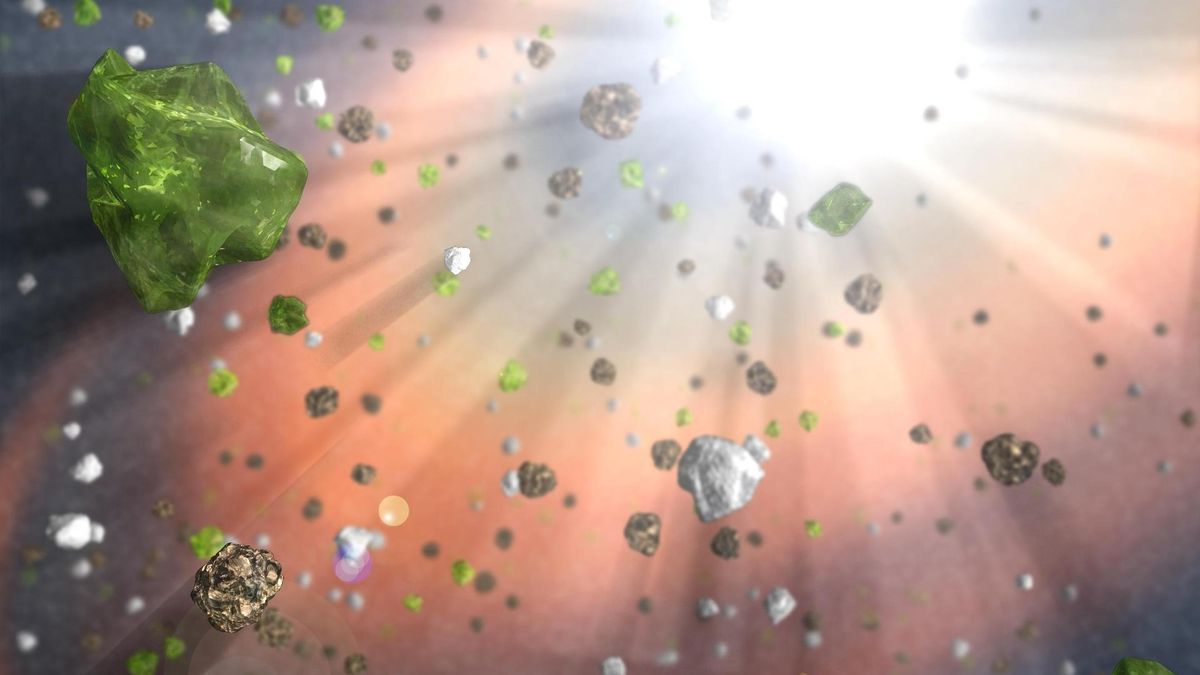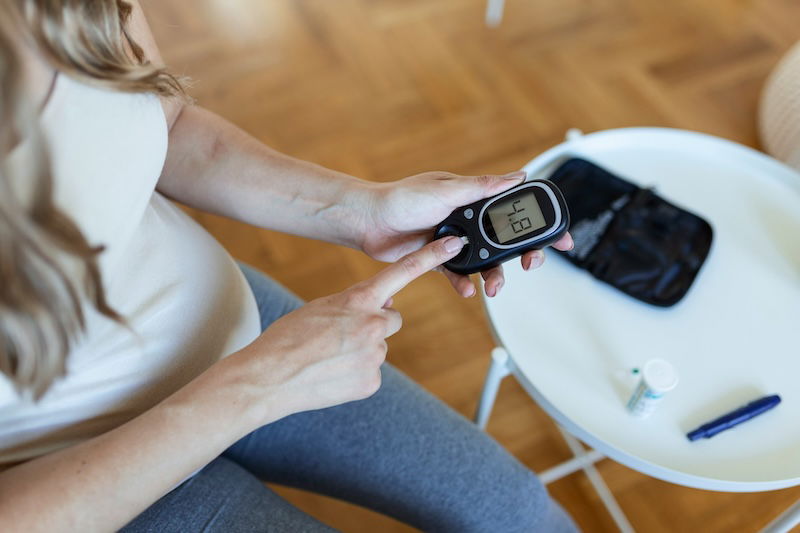
Cardiac arrest is when the heart stops abruptly with little or no warning.
It is often fatal. According to American Heart Association data, 9 out of every 10 people who experience cardiac arrestoutside of a hospital die.
Unfortunately, only about 40% of people who experience a cardiac arrest outside a hospital get the immediate help they need before emergency responders arrive.
What happens
Cardiac arrest is triggered by an electrical malfunction in the heart that causes an irregular heartbeat (arrhythmia). With its pumping action disrupted, the heart cannot pump blood to the brain, lungs, and other organs.
Seconds later, a person becomes unresponsive, is not breathing or is only gasping. Death occurs quickly if the person does not receive immediate CPR.
Early recognition of cardiac arrest and quick action improves the person’s chance of survival. CPR and the appropriate use of an automatic external defibrillator (AED) to restart the heart are key to survival.
CPR can help keep the heart pumping and blood flowing to vital organs until an electrical shock from a defibrillator is available to restore the heart to a normal heart rhythm.
Then the patient can be safely moved for further medical treatment, supportive care, testing to determine what the cause of the arrest may have been and recovery, including both physical and mental health resources for the person and their family.
Difference between cardiac arrest and heart attack
Cardiac arrest is an “electrical” problem in the heart. A heart attack is a circulation issue. A heart attack occurs when blood flow to the heart is blocked. If not reopened quickly, the part of the heart normally nourished by the blocked artery begins to die.
People often confuse cardiac arrest with a heart attack or use these terms interchangeably, but they are not the same. Heart attacks can often lead to cardiac arrest but not vice versa.
Cardiac arrest causes
Cardiac arrest can have several causes. Heart attack is a common cause. Other conditions may also disrupt the heart’s rhythm and lead to cardiac arrest.
Hypertrophic cardiomyopathy (HCM) or a thickened heart muscle – is a common cause of sudden cardiac death in young people and athletes specifically.
The thickened heart can be due to a genetic condition or can be caused by athletic conditioning that thickens the muscles of the heart and can make it more susceptible to an irregular heart rhythm like ventricular fibrillation/tachycardia.
Commotio cordis, a rare phenomenon from a blunt impact to the chest, can cause sudden death in the absence of apparent cardiac damage.
The blow to the chest at precisely the wrong time in the cardiac cycle causes an electrical abnormality in the heart resulting in an irregular heart rhythm that cannot pump blood to the body.
Regardless of the cause, immediate CPR is needed and a shock to reset the rhythm can help the heartbeat return to normal function.
Resources for learning CPR
Each year in the United States, an estimated 350,000 people experience sudden cardiac arrest in the community. Anyone who witnesses a cardiac arrest in the community (i.e., not in a hospital) can perform CPR.
Roughly 70% of cardiac arrests that do not happen in the hospital occur in homes and private residences, therefore, a friend or family member is mostly likely to be the person who needs to take action. CPR, especially if performed immediately, can double or triple a cardiac arrest victim’s chance of survival.
For adults and adolescent children, compression-only CPR, known as Hands-Only CPR can be equally effective as traditional CPR in the first few minutes of emergency response and is a skill everyone can learn.
It is as simple as calling 911 if you see a teen or adult suddenly collapse and then push hard and fast in the center of the chest at a rate of 100-120 beats per minute. Hands-Only CPR participants learn the correct rate and depth of compressions and how to use an AED.
Traumatic stress for responders, observers
The skill to perform CPR and use a defibrillator are the foundational components of preparing bystanders to respond to cardiac arrest. People also need to feel emotionally prepared to respond and be able to cope with the aftermath of actually performing CPR.
Witnessing and responding to a cardiac arrest can be a very traumatic event and may cause lingering psychological impact regardless of the outcome. Bystanders and witnesses may need support and resources to help process their experience.
Responders have cited exhaustion, guilt, flashbacks, sleep disturbances, self-doubt, anger, sadness and fear.
A positive outcome to performing CPR can mitigate some of the emotional responses; however, psychological responses are wide-ranging and individualized. In situations with a failed resuscitation attempt, PTSD symptom scores were twice as high for responders as those for non-witnesses.
If you care about heart health, please read studies that apple juice could benefit your heart health, and Yogurt may help lower the death risks in heart disease.
For more information about health, please see recent studies that Vitamin D deficiency can increase heart disease risk, and results showing Zinc and vitamin B6 linked to lower death risk in heart disease.








Leave a Comment